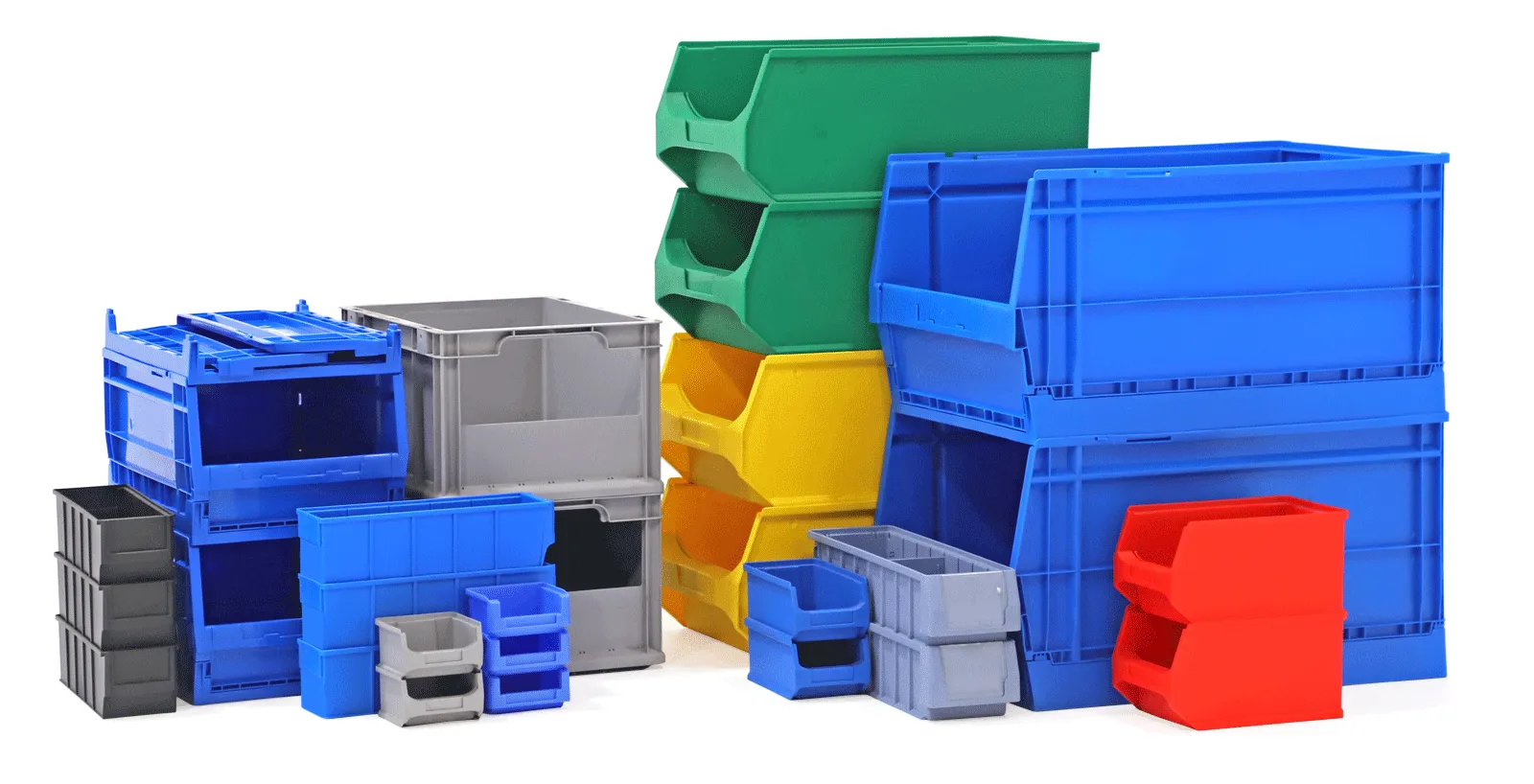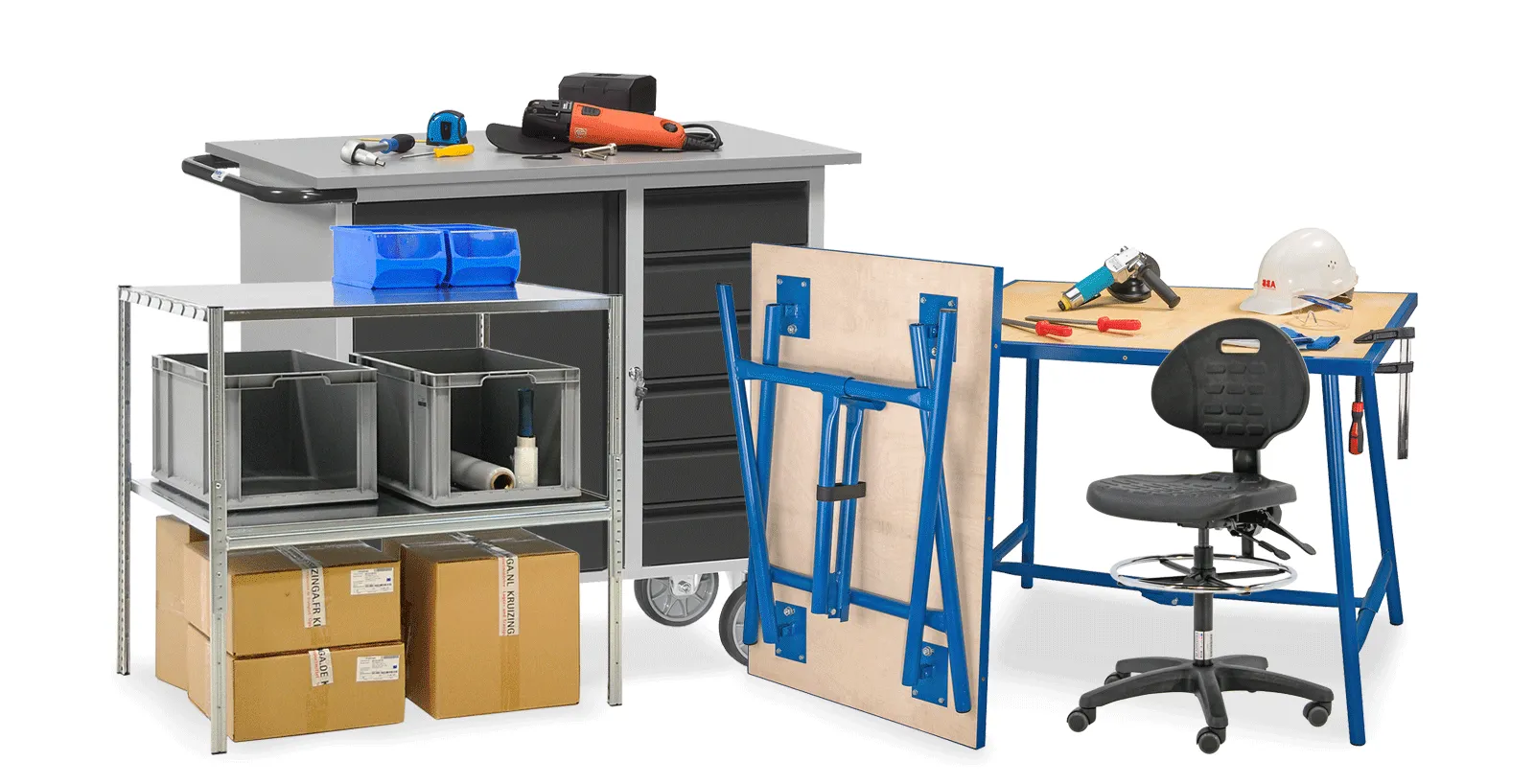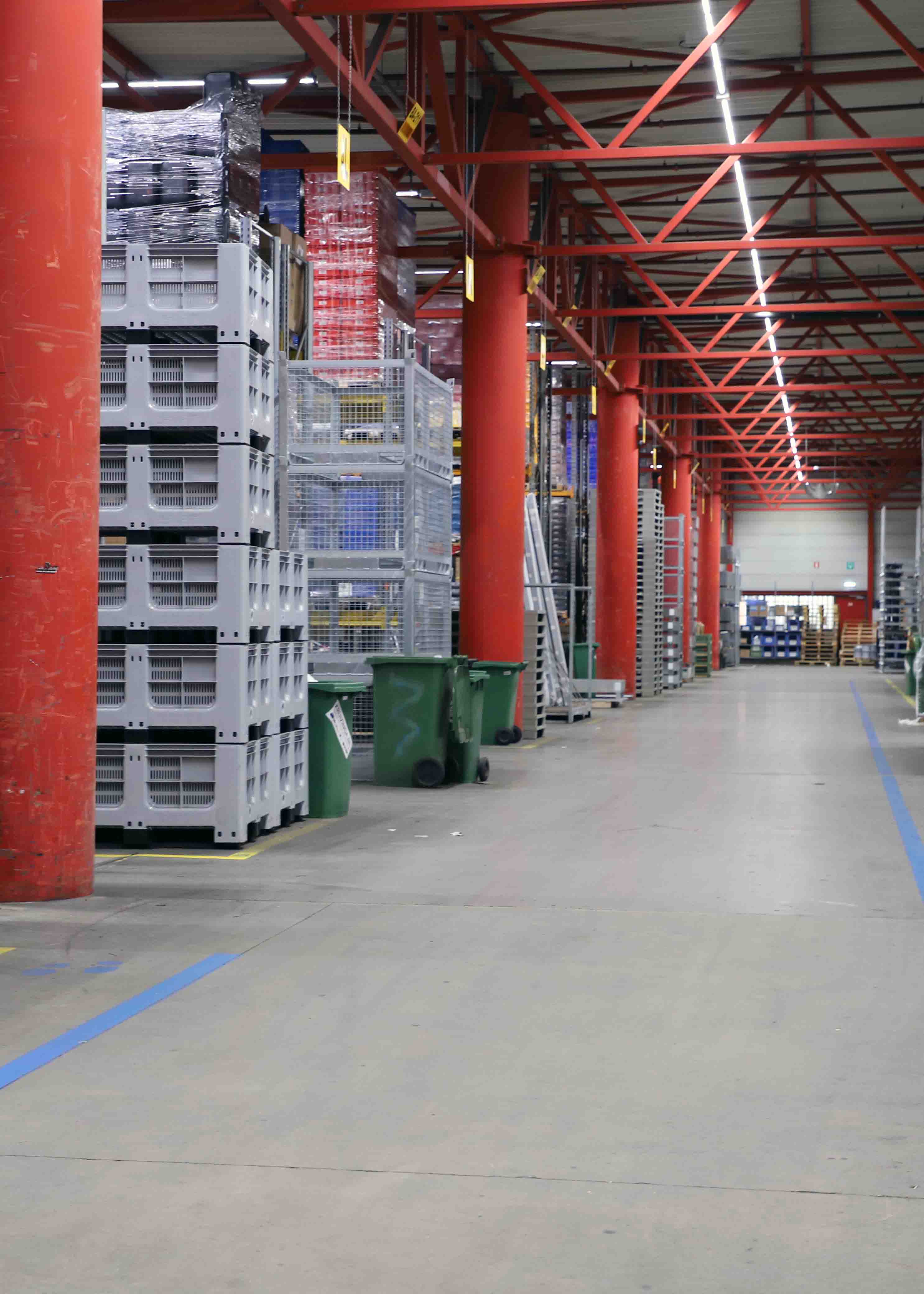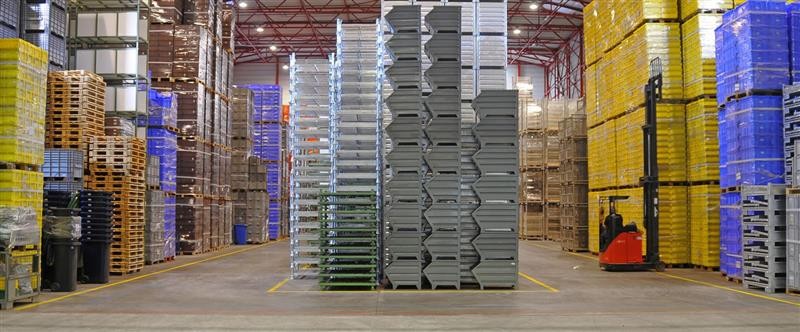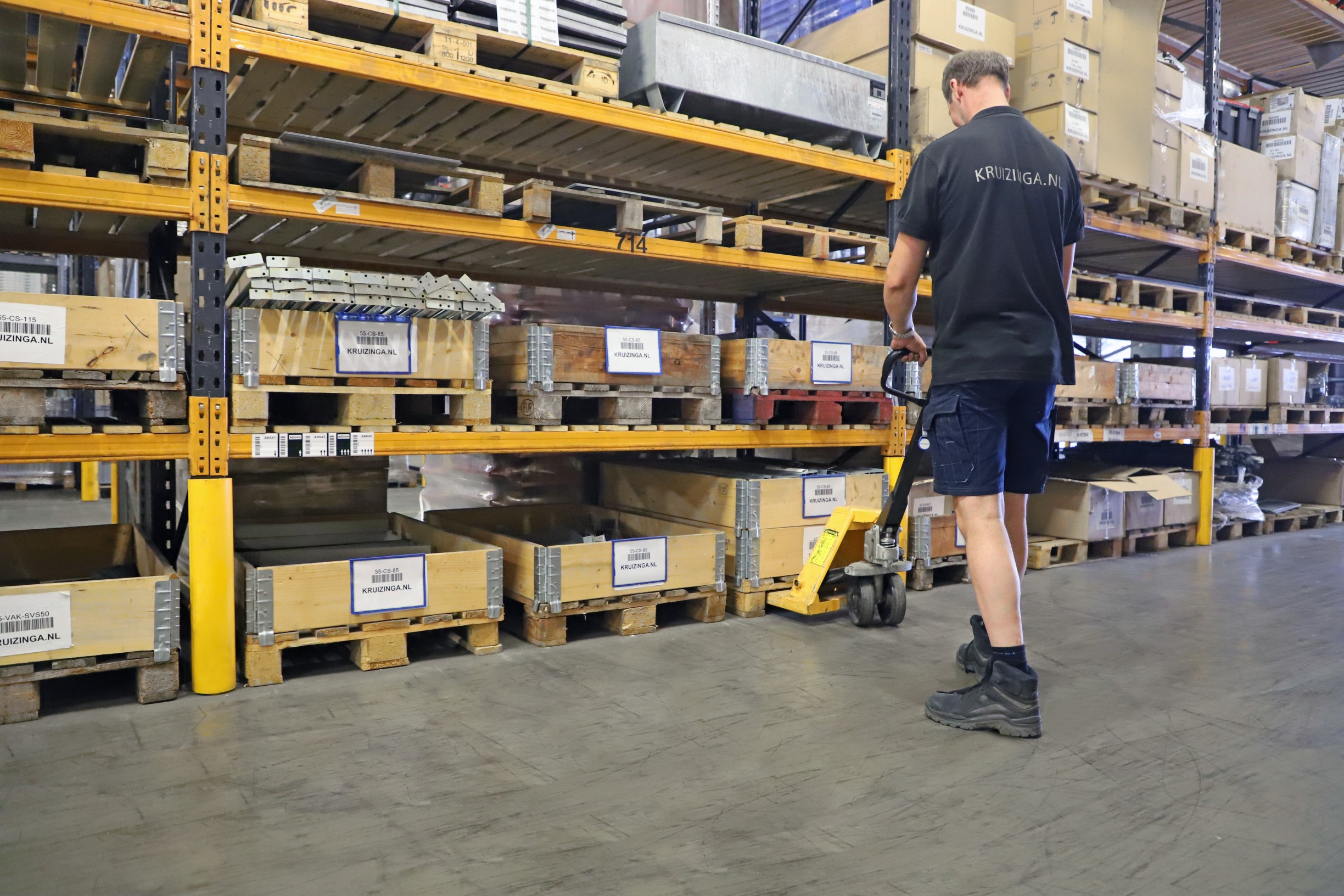The more products in a warehouse, the more difficult it becomes to keep track of them. At Kruizinga, located in Wapenveld, we have as much as 40,000 m2 dedicated to our stock of storage and transport equipment such as mesh containers, roll containers and plastic bins. How we manage our inventory, optimize our inventory management and what we have learned from this, we have summarized for you in this blog.
What is inventory management?
Inventory management is defined as: 'managing the incoming and outgoing inventory of one's own business or that of a customer'. Planning plays a major role in inventory management, which is why an inventory management system is often used to track and adjust planning based on collected data. With different incoming and outgoing inventory, it can be difficult to balance the availability. This can impact customer satisfaction and inventory costs. This is precisely why effective inventory management and its optimization is important.
The difference between technical stock and economic stock
When you want to optimize your inventory management, it's good to know what your inventory consists of and what the current situation is in your warehouse. Inventory consists of technical stock and economic stock. You want to map both of these in order to get a good picture of the current situation, opportunities, quick wins and areas for improvement.
What is technical stock?
Technical stock consists of the stock you currently have in your warehouse. This includes all pre-sales; products that have already been sold, but not yet shipped/picked up. You calculate technical stock by adding up all the products that are physically present at the time of calculation.
What is economic stock?
The economic stock consists of all products on which you have a price risk. These are products that have not yet been sold, but in which you have invested. You calculate the economic stock by deducting the presales from the technical stock and adding the pre-purchases. Pre-purchases are products you have paid for but have not yet received.
3 tips to optimize inventory management
With effective inventory management, you can avoid unnecessary costs, improve customer satisfaction in terms of delivery time, and gain and maintain better visibility of your inventory. With these three tips, you can easily optimize your inventory management.
1. Automate and optimize your storage and assortment
When you start a business, inventory may still be limited. By tracking and automating your inventory management from the beginning, the data you collect will make it easier for you to make more reliable forecasts. Combine this with a warehouse layout that makes inventory management clear, logical and easy to keep track of. In addition, use the data to use it to optimize your assortment. Which product groups sell well and which do not? By keeping an eye on this, you can expand, reduce or adjust certain products and product groups.
2. Find a balance in inventory
Monitor sales over the long term and use this data to make more targeted purchases. By starting this right away and tracking it properly, you can improve the balance between purchasing volume and sales volume. This will help you avoid unnecessary space and risk costs without risking inventory shortages.
3. Analyze data for trends, buying behavior and turnover rates
Effective inventory management is a gold mine of data from which you can extract all kinds of information. For example, you can calculate product turnover rates by dividing the purchase value of your sales by the average value of your inventory. You can identify the buying behavior of customers by looking at purchases made in certain periods. You can also identify (seasonal) trends from the data, allowing you to make forecasts for the next quarter or year. Use this to respond strategically to discounts and save costs by buying in bulk, without running a high risk of dead stock.
Optimize your inventory management with a matching warehouse layout?
With 60 years of experience, we offer a wide range of products to help you set up your warehouse, so you can make the most of your inventory management and space. Use the tips and information on our warehouse layout page and see how you can make your inventory management even better. Do you have questions, or would you like to receive no-obligation advice on warehouse layout options for your business? Contact us by phone during office hours at +3188 533 15 55 or email sales@kruizinga.com.





































